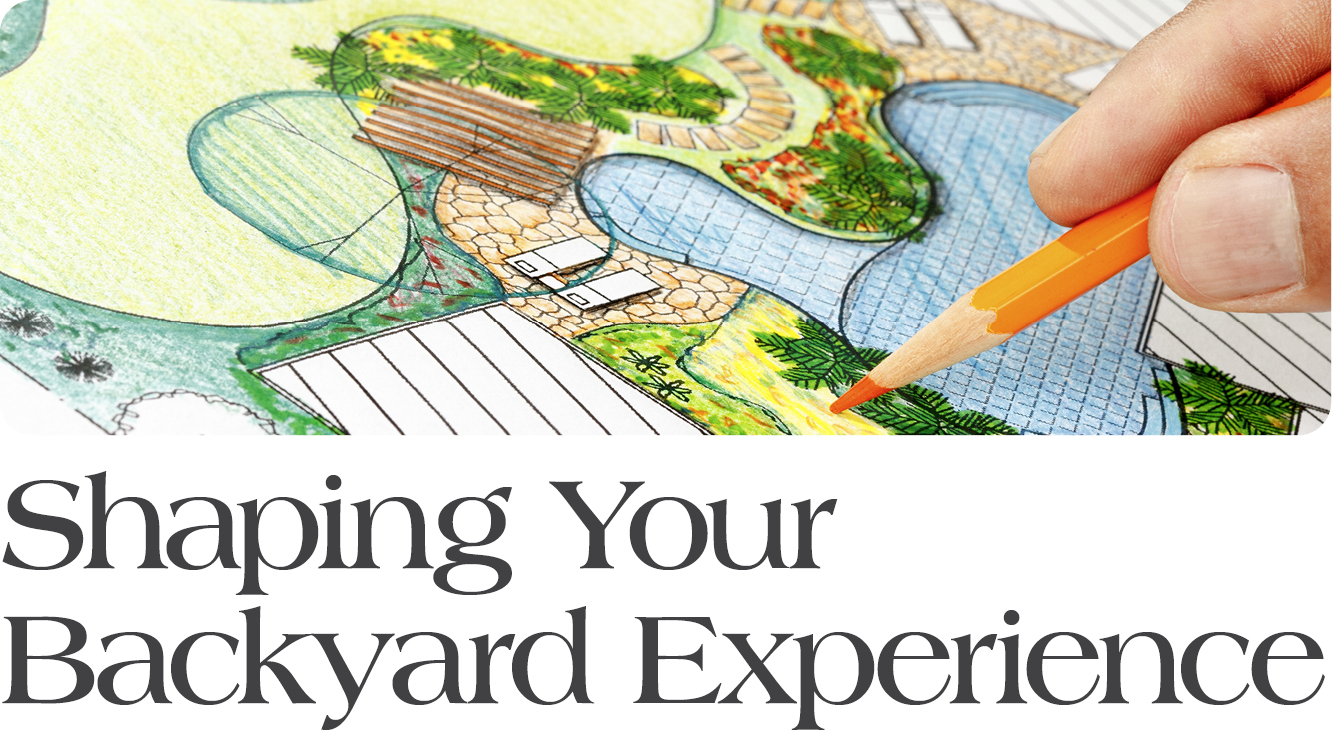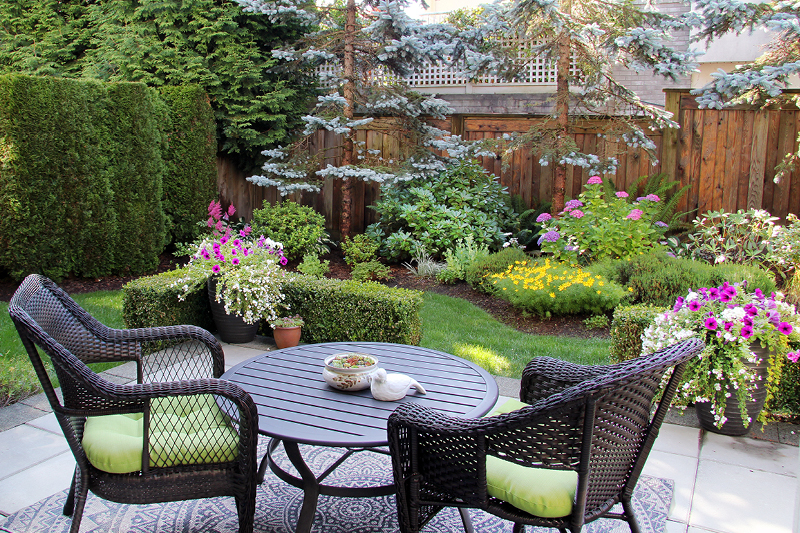Landscape Planning



You could pay a landscape designer thousands of dollars to help bring your vision to life. But with a little research and some help from your friends at CountryMax, you can take the DIY approach, and put those dollars right into your plants, materials and decor.
Here are the Basic Steps:
1. Measure the area and then sketch the entire space – garden beds, walkways, water features and anything else you can imagine.
Pay close attention to sun exposure.
2. Think about how you and your family intend to use the garden.
3. Determine at what amount of your yard will be planted garden…
and where the edibles – veggies or fruit trees – should be.
4. Create flowing beds. Set any boulders before planting your anchor shrubs and trees. These will all determine your “outdoor” rooms.
5. Consider a wooden focal point, like an arbor, possibly with a bench
or other seating.
6. Add a water feature to soothe your soul.
In addition to the flowers, vegetables, and fruits you plant, there are three primary elements to every garden.

Stone
1. Boulders are not only valuable accents, but also serve as anchors in your garden.
2. Smaller stones like cobbles can be laid to represent a dry stream bed.
3. Flat stones and pavers create inviting pathways — natural walk through the garden.

Wood
1. An arbor is perfect for dividing two garden areas (or rooms). It can create a focal point or an enticing destination within the garden.
2. Flowering vines that climb your arbor add color, flavor and splendor to the outdoor experience.

Water
1. Birdbaths are an inexpensive water feature that offers some visual charm, but also invites feathered friends to visit.
2. Fountains can be a simple, dramatic addition to your space. With kits available plus plenty of inspiration on YouTube, you can add the soothing sights and sounds of moving water to your outdoor sanctuary.
3. A pond may sound like a more ambitious addition, but you might be surprised by the simplicity. Imagine the delight seeing Lilly pads, turtles or koi in your backyard, along with the babbling sounds of a small waterfall or pond fountain.
How to Create a Flowing Garden Bed
The easiest way to create an interesting flowing bed is to find an old hose, lay it on the ground, adjusting here and there until you have an interesting shape. Mark the shape with paint or flags, then hard edge the area with a spade or shovel. Remove any grass inside the area, and you have a flowing bed.

1. Add large rocks for accents
2. Bring in soil amendments as needed.
3. Plant anchor trees or shrubs.
4. Add perennials, including new ones each year.
5. Plant annuals to add color splashes, or containers for extra flair!
Pro Tips:
1. Always plant in odd numbers.
2. Group plants, boulders in a group or in a triangular fashion.
3. Avoid straight lines.

